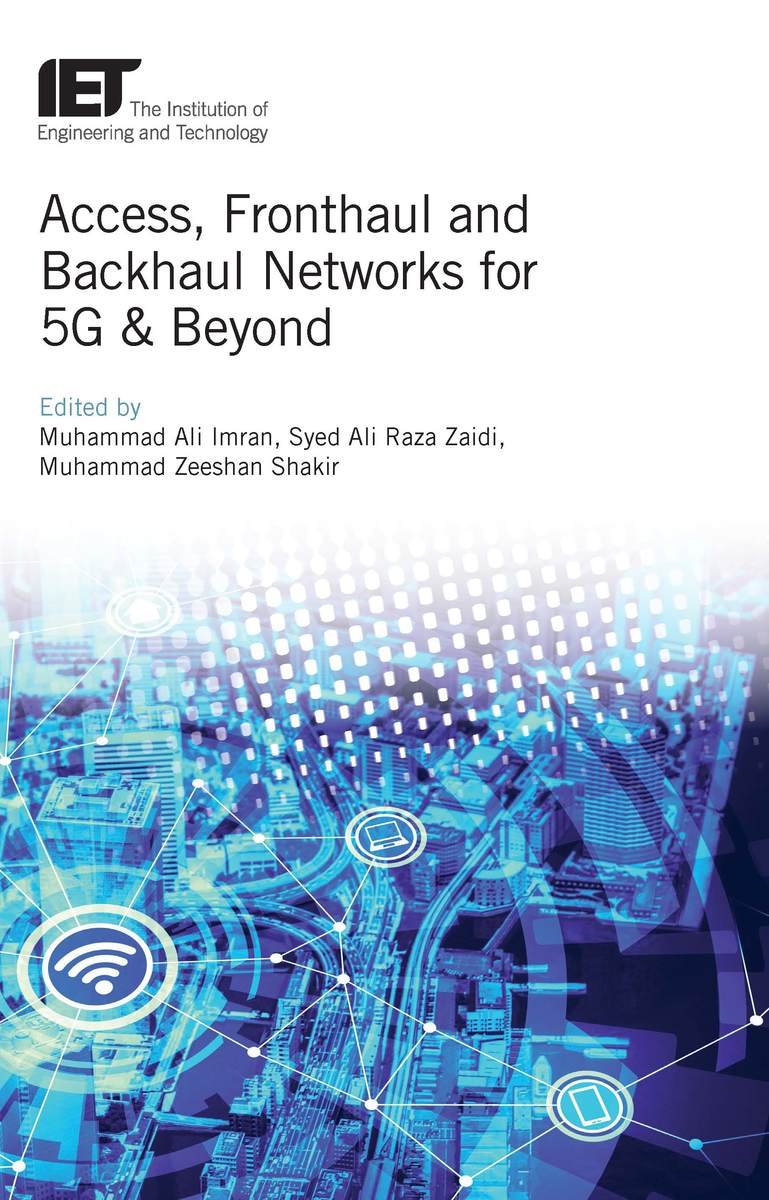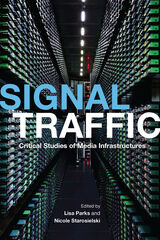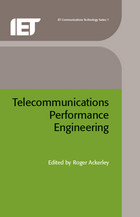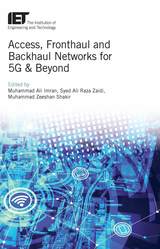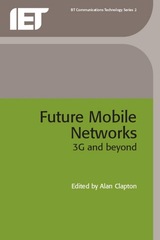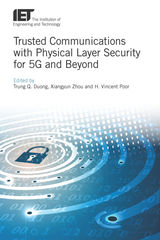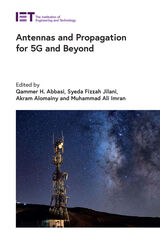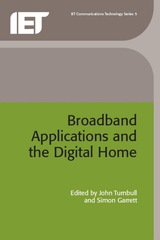Access, Fronthaul and Backhaul Networks for 5G & Beyond
The Institution of Engineering and Technology, 2017
Cloth: 978-1-78561-213-8 | eISBN: 978-1-78561-214-5 (all)
Library of Congress Classification TK5103.2.A255 2017
Dewey Decimal Classification 621.382
Cloth: 978-1-78561-213-8 | eISBN: 978-1-78561-214-5 (all)
Library of Congress Classification TK5103.2.A255 2017
Dewey Decimal Classification 621.382
ABOUT THIS BOOK | AUTHOR BIOGRAPHY | TOC
ABOUT THIS BOOK
The widespread use of mobile internet and smart applications has led to an explosive growth in mobile data traffic, which will continue due to the emerging need of connecting people, machines, and applications in an ubiquitous manner through the mobile infrastructure. The efficient and satisfactory operation of all these densely deployed networks hinges on a suitable backhaul and fronthaul provisioning. The research community is working to provide innovative technologies with extensive performance evaluation metrics along with the required standardisation milestones, hardware and components for a fully deployed network by 2020 and beyond.
See other books on: Access | amp | Beyond | Mobile communication systems | Telecommunications
See other titles from The Institution of Engineering and Technology
